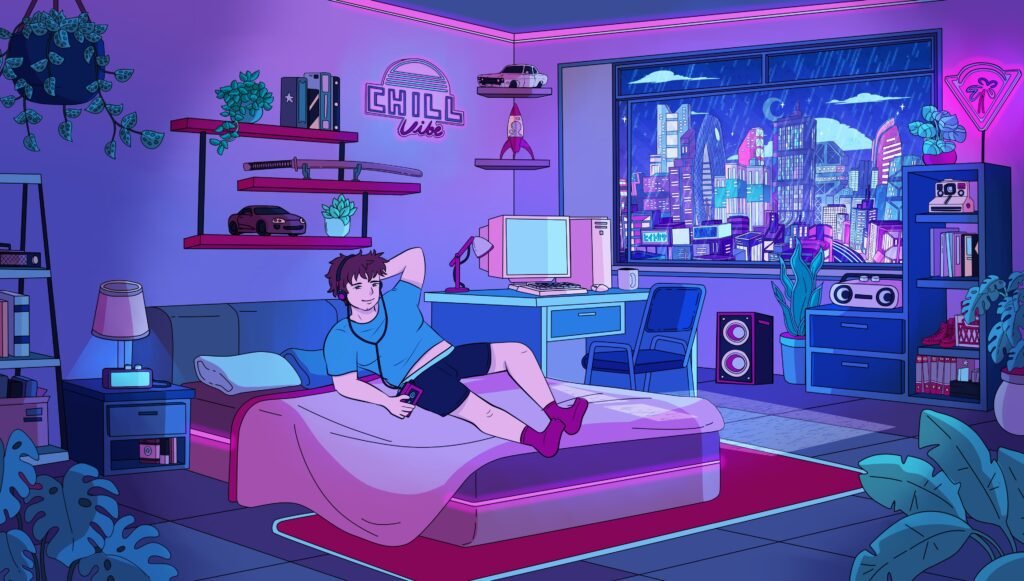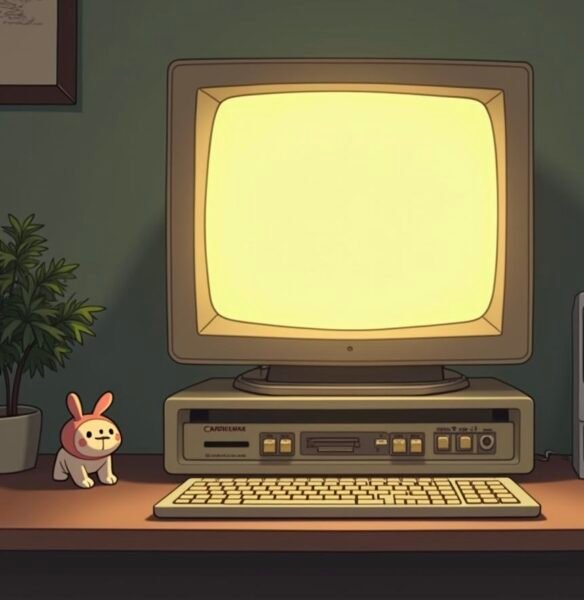Product Description
Chapter 2: Production – Tools, Spaces, and Workflows
Section: Equipment Guide
It’s Not the Camera. It’s How You Use It.
You can shoot a beautiful scene with the phone in your pocket.
You just have to treat it like it deserves to be there.
Phones are often dismissed as “entry-level” gear, but most of today’s models shoot in 1080p or even 4K, with better stabilization, focus, and color balance than cameras that cost three times as much five years ago. What makes the difference isn’t the device—it’s intention, preparation, and how you work with the space you’ve got.
This guide is about claiming the phone as a powerful tool for your creative and erotic expression. Let’s make it work for you, not against you.
You’re Not “Making Do.” You’re Building Something.
A lot of folks feel like filming on a phone makes them “less serious.”
That’s bullshit.
The question isn’t whether your gear is “professional”—it’s whether your choices are. A phone camera in a well-lit space with clear audio and confident angles will outperform an expensive DSLR sitting on a tilted bookshelf.
What you’re doing is brave. It’s vulnerable. It’s a performance, and a gift. And it deserves the kind of attention to detail that makes your content look as intentional as it feels.
Filming Smarter with Your Phone: Gear, Framing, and Control
Let’s start with what actually matters when filming on a smartphone.
1. Use a Tripod. Please.
Stacking your phone on a wobbly pile of books, propped against a pillow, is not a long-term solution. One small bump or vibration from nearby construction mid-shot and your angle’s ruined.
- A flexible tripod with a phone mount will make everything easier.
- Look for ones with adjustable height and a rotating head.
- If you film overhead or on your bed, make sure your tripod is stable on soft surfaces like a carpet.
Pair it with a Bluetooth shutter remote, so you can start or stop filming without leaving the frame.
2. Light Like It Matters
Even the best phone cameras will produce grainy, dull video if the lighting is off.
- Use a ring light in front of you or a softbox at an angle.
- Avoid overhead lights—these cast shadows under your eyes and flatten your body.
- Add bounce light with a cheap reflector or even a white poster board.
Small space? Tape parchment paper over a lamp for soft diffusion, or film during golden hour near a window.
3. Capture Better Audio
Phone mics pick up everything—footsteps, air conditioning, creaking furniture.
- Consider a Bluetooth lapel mic or a clip-on wired lav mic.
- Film in a soft room (curtains, pillows, thick rugs) to minimize echo.
- Position the mic on your chest or just out of frame, angled toward your mouth.
If you’re capturing audio separately, clap once in the frame so you can sync later.
Filming Angles and Body Position: Flattery and Function
What you shoot is only part of the picture. How you shoot it makes all the difference.
Angle Tips That Translate for Adult Content
- Camera slightly above eye level = flattering for face, chest, and posture.
- Camera level with hips or thighs = ideal for showcasing curves, penetration, grinding, or toy use.
- Low angle from below = dramatic, dominant, or body-focused shots (just watch for distortion).
- 45° side angles = great for thrusting, intimacy, and framing two bodies without looking staged.
Don’t be afraid to film the same scene from two or three perspectives when you’re doing collaborative work, or to change the angle between takes. You can splice them together later for rhythm and impact.
Small Scene, Big Results: Managing Your Space
Filming kink content in a cramped bedroom? Here’s how to own that space.
- Use the same side of the bed or wall each time to control lighting and visual clutter.
- Keep props and gear organized nearby but out of frame.
- Invest in a foldable backdrop or curtain if your room doesn’t match your vibe.
This also makes it easier to break down your set afterward. Your room shouldn’t feel hijacked by your content.
Don’t Skip This: File Naming and Organization
You’ll thank yourself later if you do this right away.
- After filming, rename every file the same day.
- Use a simple format:
YYMMDD_description_angle_take.mp4. - Example:
250501_frotting_from_above_take2.mp4.
- Use a simple format:
- Sort into folders:
Raw Footage,Clips to Edit,Final Edits,Thumbnails, etc.
- Backup to an external drive or cloud regularly. Phones get full. Shit happens.
If you’ve ever lost the perfect cumshot because it was buried in your camera roll next to a grocery list photo—you know why this matters.
The Confidence Is in the Craft
You’re not “just” filming with a phone. You’re crafting an experience.
This is about intention—capturing the right mood, making your body feel seen, and creating something you’re proud to share. Every piece of prep you do makes the creative part easier. And every clip you film builds your confidence, your rhythm, and your style.
You’re not waiting until you “get better” gear. You’re making great content now.
Next Steps
You’ve got the footage. Now what?
Let’s walk through turning that raw material into a finished scene:
Editing for Beginners: Tools That Don’t Require a Film Degree
Previous Section
Next Section
Next Chapter
Return to the Table of Contents





